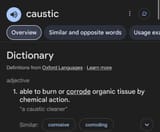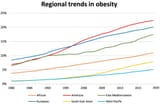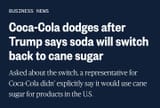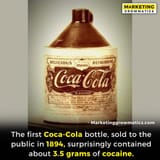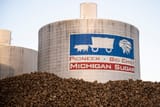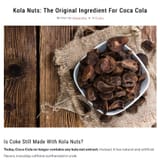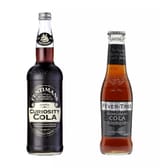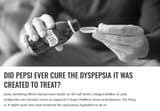>>21471932 (OP)
When it comes to cane sugar and high fructose corn syrup (HFCS), the general scientific consensus is that neither is "better" than the other in terms of overall health effects when consumed in excessive amounts. Both are types of added sugar and contribute to similar health problems when overconsumed.
Here's a breakdown of why:
Similar Composition: Both cane sugar (sucrose) and the most common type of HFCS (HFCS-55) are very similar in their simple sugar composition. Sucrose is made of 50% glucose and 50% fructose. HFCS-55 is typically 45% glucose and 55% fructose. This slight difference is often considered negligible in terms of how the body processes them in typical dietary amounts.
Metabolism: Both are broken down into glucose and fructose in the body. While fructose is primarily metabolized in the liver, and excessive fructose intake can lead to issues like fatty liver disease and insulin resistance, this applies to fructose from any source, including cane sugar.
Health Risks: The key issue with both cane sugar and HFCS is their overconsumption. When consumed in excess, both can contribute to:
Obesity and weight gain
Type 2 diabetes
Heart disease (increased blood pressure, cholesterol, triglycerides)
Fatty liver disease
Tooth decay
Why the Bad Rap for HFCS?
HFCS often gets a worse reputation due to several factors:
Ubiquity in Processed Foods: It became a very common and inexpensive sweetener in processed foods and beverages, leading to widespread overconsumption.
Marketing Misconceptions: Some marketing campaigns have unfairly demonized HFCS while promoting "natural" cane sugar as a healthier alternative, despite their similar metabolic effects.
Higher Fructose Content in Some Forms: While HFCS-55 is the most common, some forms of HFCS can have higher fructose content, which might theoretically lead to slightly different metabolic effects, but again, the primary concern is total added sugar intake.


